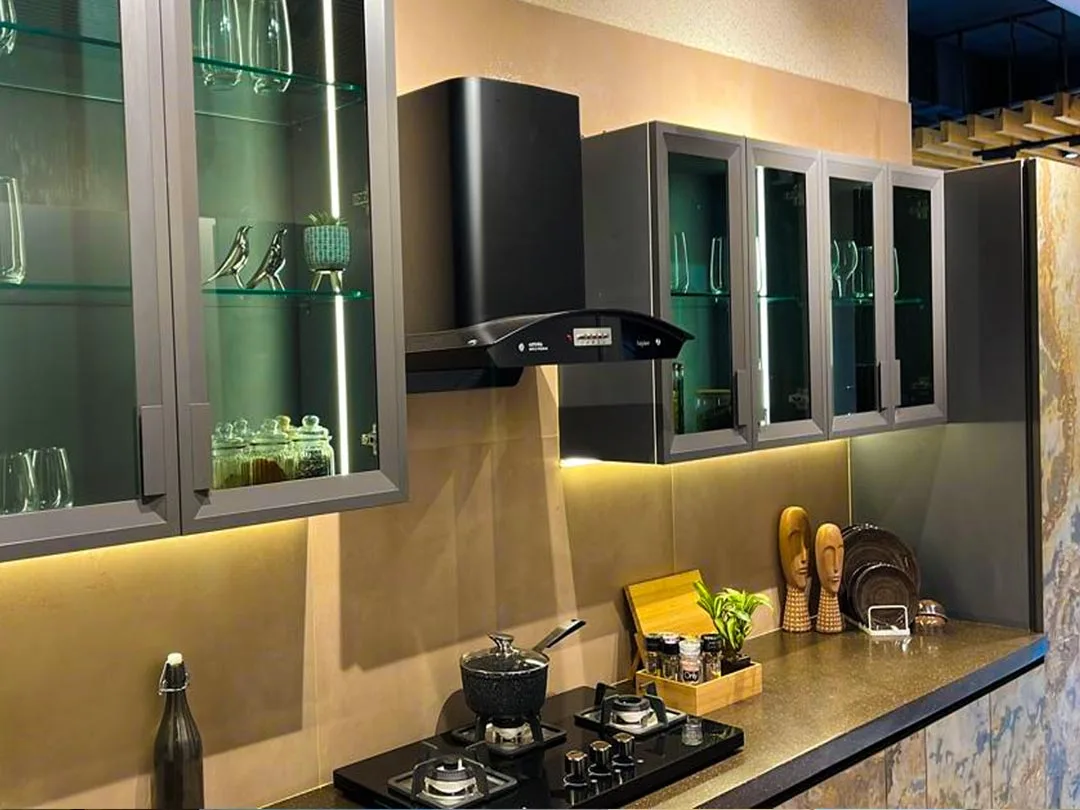The concept of the modular kitchen emerged as a response to the evolving needs of modern homes, blending efficiency, aesthetics, and space optimization.
🔹 Early Origins:
The roots of the modular kitchen go back to the 1920s in Germany, when Margarete Schütte-Lihotzky designed the Frankfurt Kitchen — a compact, functional kitchen layout meant to maximize productivity in a small space. This was the world’s first true modular kitchen, inspired by industrial workspaces.
🔹 Growth in Europe:
Post World War II, with rapid urbanization and smaller living spaces, European countries adopted modular kitchen designs for their functionality and ease of installation. Companies in Germany and Italy began mass-producing kitchen units.
🔹 Global Expansion:
By the 1980s and 1990s, modular kitchens gained popularity in the U.S. and Asia. The trend grew with changes in lifestyle — more urban nuclear families, working couples, and apartment living.
🔹 Arrival in India:
Modular kitchens entered the Indian market in the early 2000s, offering customized, space-saving solutions. Initially seen as a luxury, they have now become mainstream, with rising demand for smart, stylish, and efficient kitchen spaces.
🔸 Key Features of Modular Kitchens:
Pre-fabricated units
Easy assembly/disassembly
Customizable layouts
Aesthetic finishes
Storage optimization
Modular kitchens continue to evolve with smart appliances, sustainable materials, and modern design trends.


 WhatsApp
WhatsApp